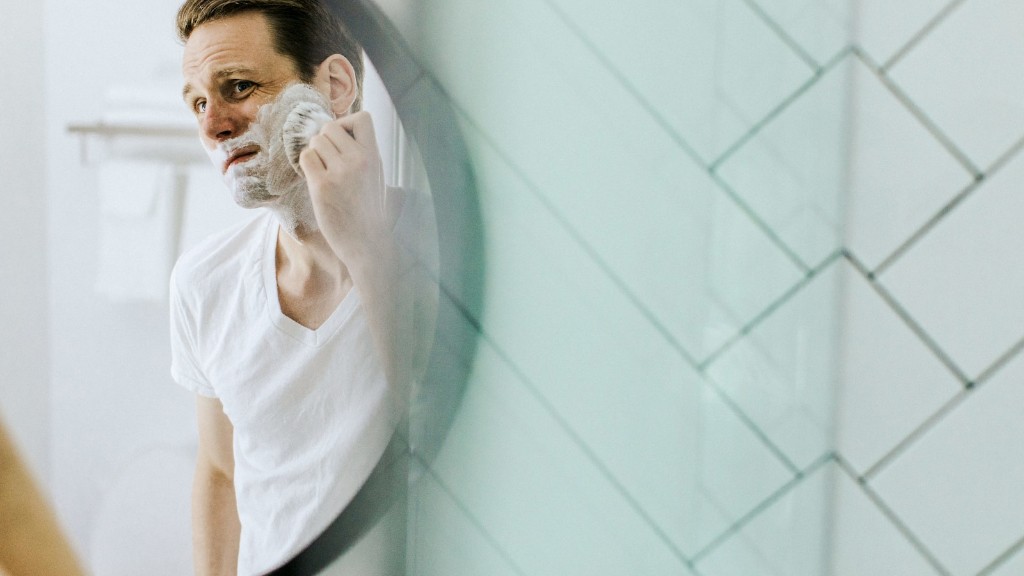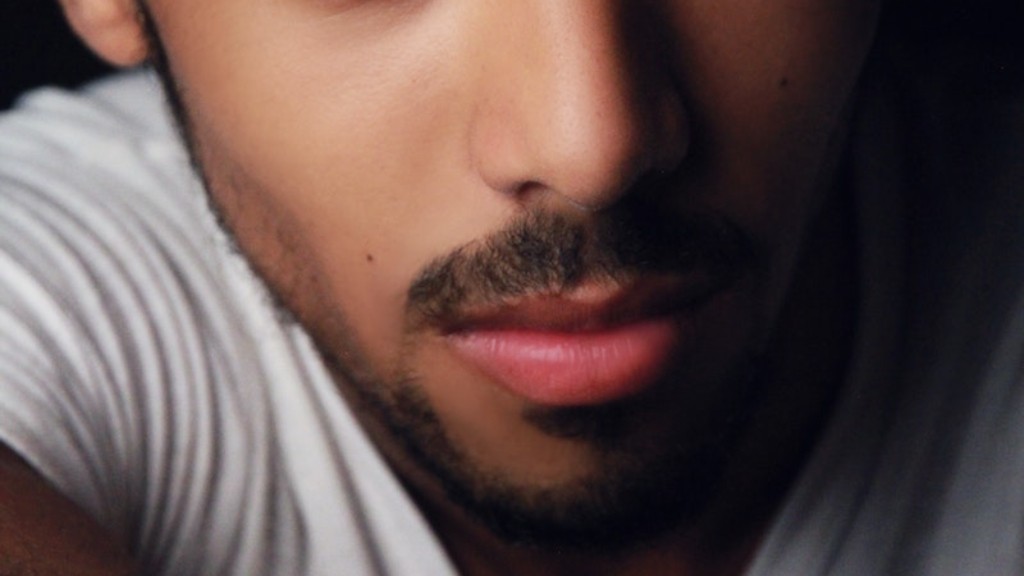No, head lice cannot live in a man’s beard. Head lice are attracted to the warmth and humidity of the scalp, which is why they are found primarily on the head. They can, however, crawl on any surface of the body, including the beard. But without the ideal conditions for survival, head lice will not survive for long on a man’s beard.
There is no definitive answer to this question as there is no scientific evidence to support or refute the claim that head lice can live in a man’s beard. However, some experts believe that head lice could potentially survive in a man’s beard if the hair is long enough and the environment is conducive to their survival (i.e. warm and humid).
Do I have to shave my beard if I have lice?
If you have head lice, you may want to shave your beard. This is a perfectly acceptable way to eliminate head lice.
Lice can be a nuisance, but there are ways to get rid of them! A special comb can help remove them, and you can also pull out any lice or nits that are left with your fingers or tweezers. A magnifying glass can help you see the nits and lice better so you can get rid of them more easily.
Do beards get nits
Patients can have an infestation by Pediculus humanus capitis (head louse) on hair, beards, moustaches, eyebrows and eyelashes. They spread by having direct hair-to-hair contact with a person who has head lice. They can also spread from indirect contact with items such as hats, towels or combs.
Males are affected by head lice somewhat less than females. Children are most likely to become affected by a head lice infestation, and epidemics can occur in schools, day cares, and nurseries. However, adults may also become infected, most often through contact with infected children.
Will going bald get rid of lice?
Shaving will not get rid of lice because they live on the base of the hair and on the scalp. The nits are laid right at the base of the hair, oftentimes against the scalp. Shaving will not get close enough to make an impact on the lice and nits.
Body lice are a real problem for people who are living in close quarters with others, such as in shelters. Different factors may cause a person to live in a place where body lice can spread more easily. This can be related to socioeconomic or health inequities.
How common is beard lice?
It is important to be aware of the potential for lice infestation in facial hair, as this can be a difficult area to treat. However, finding lice in facial hair is rare, and these blood suckers are so persistent that they can live even in eyebrows, chest hair, armpits and eyelashes, too. If you suspect you have lice, it is important to seek treatment immediately to prevent the spread of these pests.
There are a few things you can do to get rid of super lice:
1. Use a pyrethrin shampoo or other over-the-counter lice treatment.
2. Carefully comb your hair with a nit comb every night.
3. Wash and dry linens, clothing, hats, and scarves.
4. Repeat the treatment after 7 days.
How do you keep lice away forever
Head-to-head contact can transfer head lice from one person to another. sharing personal items such as hats, scarves, coats, sports uniforms, hair ribbons, or barrettes can also lead to the spread of head lice. Combs, brushes, and towels can also harbor head lice, so it’s best to avoid sharing these items as well.
There are two main types of Demodex mites that live on humans – Demodex folliculorum and Demodex brevis. Scientists have identified 65 different species of Demodex mites in all. They especially like hair follicles and are commonly found where hair grows on or near the face. So, if you have a beard, there’s probably quite a few mites in there!
Can head lice live in eyebrows?
Head lice are small, parasitic insects that live on the human scalp and feed on human blood. They are a nuisance and can be difficult to get rid of, but they are not dangerous and do not spread disease.
It’s important to check and treat all hairy areas of the body for lice, as they can move from treated areas to other parts of the body. Shaving won’t get rid of pubic lice, so it’s important to use other methods of treatment.
Are guys less likely to get lice
There are a few possible explanations for why girls may be more susceptible to head lice than boys. One theory is that girls tend to have more head-to-head contact than boys, which gives the lice more opportunities to spread. Another possibility is that girls often have longer hair than boys, which provides more places for the lice to hide. In the United States, infestation with head lice is much less common among African-Americans than among persons of other races. This may be due to the fact that African-Americans tend to have shorter, tighter hair than people of other races, making it harder for the lice to attach themselves.
Lice can infest parents as easily as siblings of the child with lice. However, moms typically get lice more often than dads. This is because lice does discriminate based on hair length and hormone levels of the host. It’s no surprise that moms typically have longer hair than dads.
How long can head lice live off a human?
Head lice are small, wingless insects that live on the scalp and feed on human blood. They are a nuisance, but they do not cause any serious health problems. Head lice are most common in children, but they can infest anyone.
Head lice survive by clinging to the hair with their claws. They feed on human blood, which they obtain by piercing the skin with their mouthparts. A female louse can lay up to eight eggs per day. These eggs, called nits, are glued to the hair shafts with a strong cement-like substance.
Nits hatch in about seven days, and the newly emerged lice are called nymphs. Nymphs mature into adults in about two weeks. Adults are about the size of a sesame seed.
Head lice can be a nuisance, but they do not cause any serious health problems. The biggest concern is itchiness, which can be severe. Scratching can lead to secondary bacterial infections of the skin.
Head lice are most commonly spread by direct contact with someone who is already infested. However, they can also be spread by sharing personal items such as hats, brushes, or towels.
There are several ways
Vinegar is an effective and natural way to get rid of nits and lice. This mixture should be applied directly to the whole scalp and covered with a hair cap.
Conclusion
The answer is no, head lice cannot live in a man’s beard.
Although head lice are most commonly found on the head, they can also live in other places where hair is present, such as a man’s beard. However, head lice are not able to live in a Beard for more than a few days because they require human blood to survive and a Beard does not provide the head lice with enough access to human skin.





